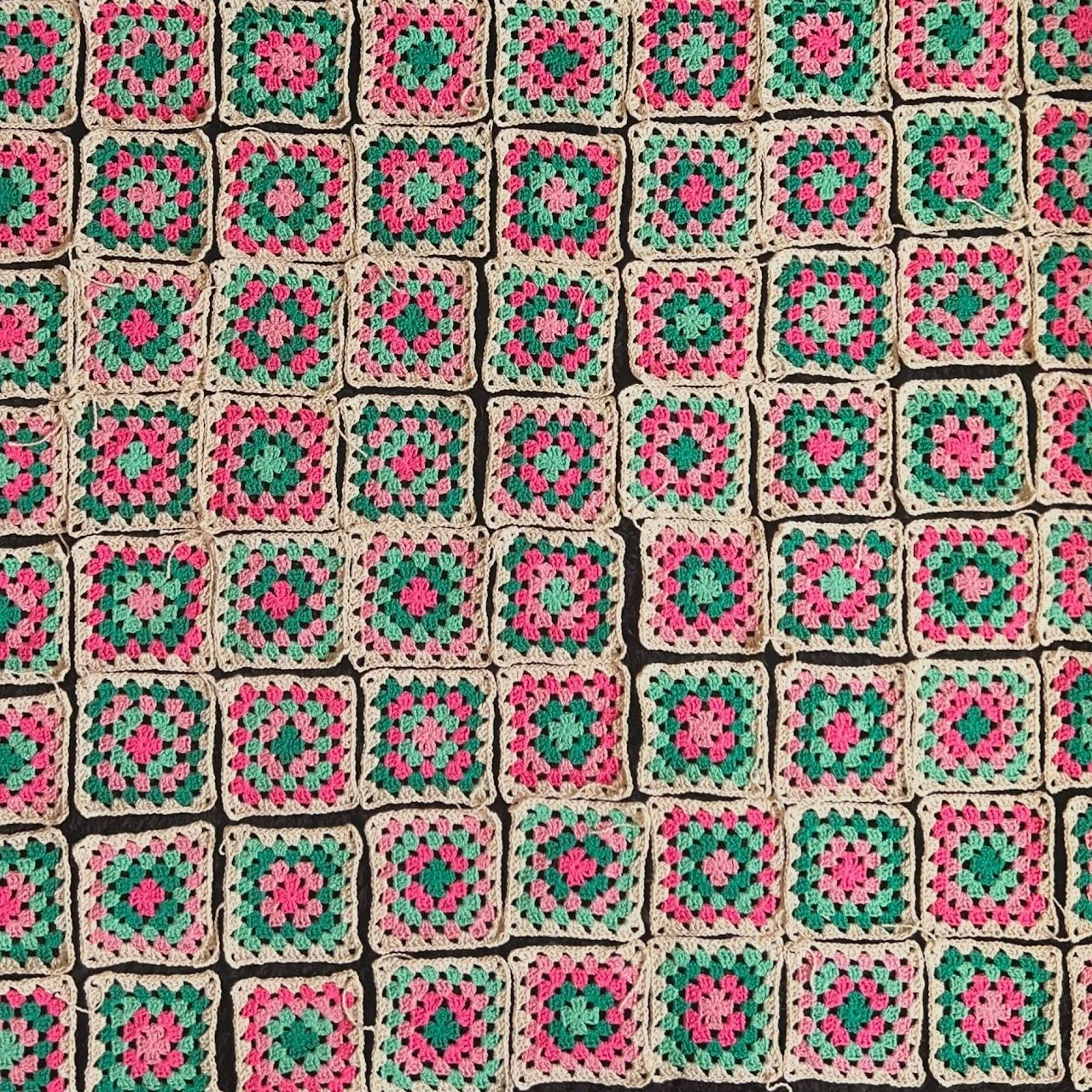Crafting community with Lilly Bay
Exploring the world of crochet, knitting, and sewing with a U.Va. student designer
Courtesy Lilly Bay
For many at U.Va., art remains a pivotal tool for self-expression. While the most well-known forms of art include painting and sculpture, there are a variety of other mediums in which creatives can use to get their thoughts across. To gain a better perspective of textile artistry within the U.Va. community, we turned to Lilly Bay — a third-year College student with a passion for crochet, knitting, and sewing.
MARY KURBANOV: What kind of garments do you design?
LILLY BAY: So, it depends on if I'm starting like a knit project, or if I'm starting a sewing project. For sewing stuff, I tend to take articles that I found in like a thrift shop. What I edit is mostly skirts just to fit me better, and to be a little bit more updated. But when I'm knitting stuff, I really enjoy hats with cables. I think that they have a classic look to them … In terms of designing, I designed a lot of cute colorwork sock patterns.
KURBANOV: How did you get into designing, sewing, and knitting?
BAY: For sewing, it's something my mom actually did when I was like a little kid. Until I was in second grade, I would only wear skirts, so my mom sewed all my skirts. I got really into it because of her. And then for knitting, I got a pair of Docs in like 2018, and they really hurt my feet, so I wanted to have socks. For some reason, my thought process was like, ‘I need to learn how to knit socks, so that I can make socks that will work for this.’ What you don't realize is that socks are like one of the most complicated things to knit, so I had to basically hit different achievement levels in order to unlock the skills necessary to be able to make a single sock. Along the way, I learned about different stitches and different texture elements like cables, color work, and lace before I was able to make that pair of socks.
KURBANOV: In your design and production process, what have been some of the greatest challenges that you faced?
BAY: I cannot live knowing that there's a mistake in something. I will rip out like six hours of work. I don't care. If I'm like, ‘Oh, something is wrong here’ and I see it and I know what's wrong now, I don’t care how much time I've spent on it, I will unravel it.
KURBANOV: On the flip side, what is your favorite thing about producing garments and working with fabric?
BAY: I love working with my hands in that way. It's like a puzzle and it's satisfying because something comes into existence that wasn't in existence before. And it's addicting. I think part of it is just like the tactile element of touching. Working with your hands is more calming and therapeutic than I think people realize.
KURBANOV: Do you think knitting, crocheting, and sewing tie into generational knowledge?
BAY: Definitely. And I'm really glad that it is having a bit of a revival right now around people our age, but I know my mom has been like a lifelong sewer, and while she doesn't really knit the same way I do, she knows one of the knit stitches [because] she learned it from her mom. In a way, part of your relatives are in what you're doing. And it's like a sweet little precedent that got passed down and you share a hobby with them.
KURBANOV: How do you see your future in design?
BAY: I would like to put myself out there with knitting patterns — my dream job would be to be a knitwear designer. But I feel like I have impostor syndrome about design stuff, so I don't really put the effort into putting myself out there. I think there's a very alive online community for it right now, and I think social media is a really good tool if you want to advertise your patterns. But I am not brave enough yet.
KURBANOV: How do you see sewing and design and knitting as an extension of art? What does that mean to you?
BAY: I feel like I have strong emotions that fiber arts is art. I think they have been female dominated for a long time, and that's why they don't get the respect they deserve, but there's a lot of artistic and mathematical thought that goes into textile design. As for how I see it as an extension of myself, I feel like people express themselves through their clothes, and I like that I can make my clothes even more like me.
